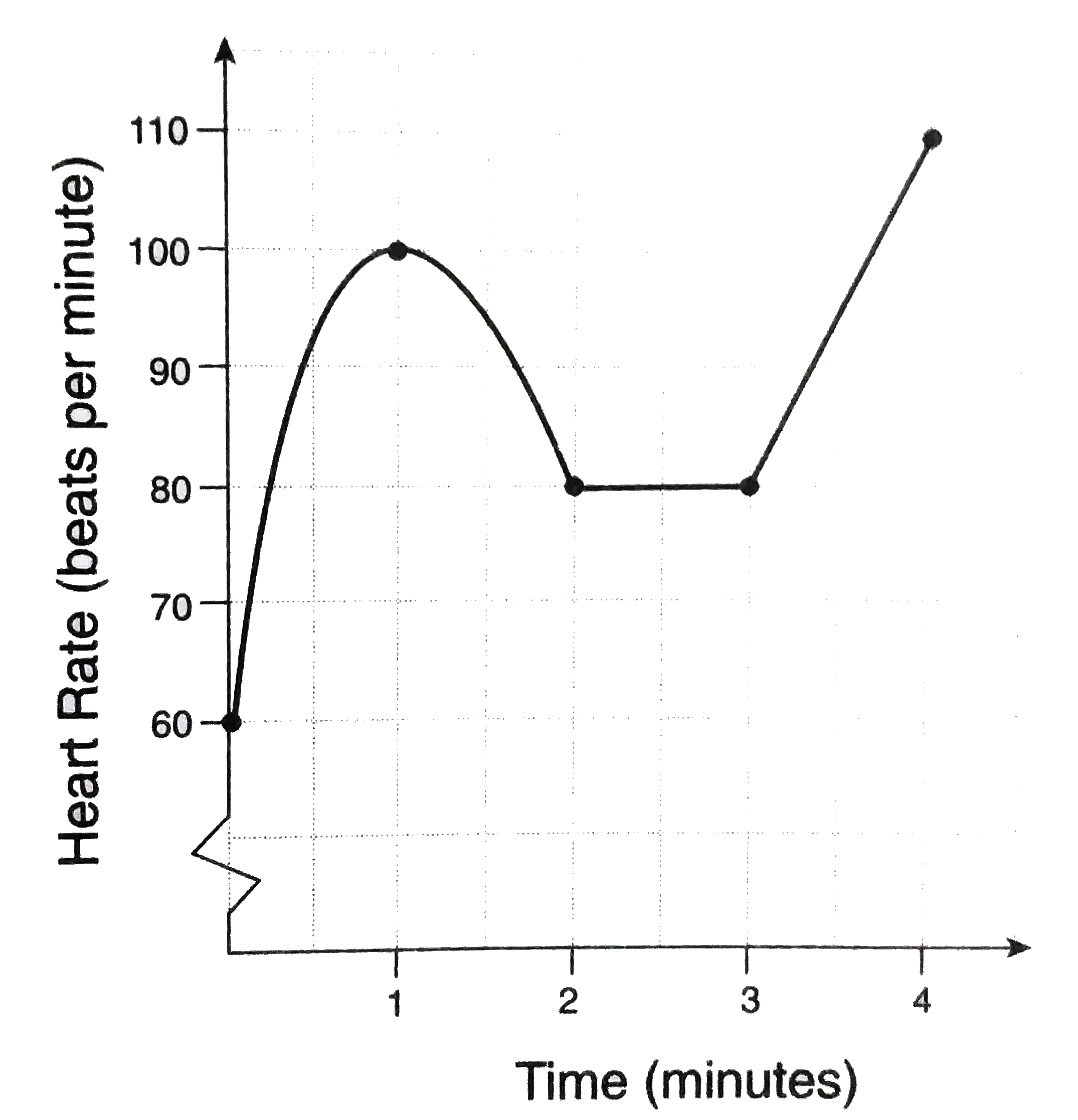When charcoal is prepared from a living tree, it shows a disintergration rate of 15.3 disintergrations of C14 per gram per minute. A sample form an ancient piece of charcoal shows C14activity to be 12.3 disintergrations per gram per minute. How old is this sample ? Half-life of C14 is 5730 y.
The correct Answer is:A
Given A0=15.3,A=12.3,
t12=5730year
λ=0.6931t12=0.69315730yr_1
Let the time passed be t,
WeknowA=A0.69910e2780×t Brgt ⇒∈123153=−069315730t)
⇒t=1804.3×t .
Topper's Solved these Questions
- BOOK - HC VERMA ENGLISHCHAPTER - THE NUCLEOUSEXERCISE - Short answer12videos
THE NUCLEOUS
- BOOK - HC VERMA ENGLISHCHAPTER - THE NUCLEOUSEXERCISE - Objective 210videos
THE NUCLEOUS
- BOOK - HC VERMA ENGLISHCHAPTER - SPEED OF LIGHTEXERCISE - Question for short Answer5videos
SPEED OF LIGHT
- BOOK - HC VERMA ENGLISHCHAPTER - THE SPECIAL THEORY OF RELATIVITYEXERCISE - Short answer2videos
THE SPECIAL THEORY OF RELATIVITY
Similar Questions
A piece of wood form the ruins of an ancient building was found to have a C14 activity of 12 disintegrations per minute per gram of its carbon content. The C14 activity of the living wood is 16 disintegrations/minute/gram. How long ago did the trees, from which the wooden sample came, die? Given half-life of C14 is 5760 years.
View SolutionEqual masses of two samples of charcoal AandB are burnt separately and the resulting carbon dioxide are collected in two vessels. The radioactivity of ^14C is measured for both the gas samples. The gas from the charcoal A gives 2100counts per week and the gas from the charcoal A gives 2100 counts per week and the gas from the charcoal B gives 1400 counts per week. Find the age difference between the two samples. Half-life of ^14C=5730y.
View Solution
Knowledge Check
- Question 1 - Select One

Question 13 and 14 refer to the gaph above which shows the heart rate, in veats per minutes, of a jogger during a 4-minutes interval.
Q. The greatest percent of increase in the jogger's heart rate occured over what interval of time, in minutes?A0 to 1B1 to 2C2 to 3D3 to 4
A bone containing 200g carbon-14 has β-decay rate of 375 decay/min. Calculate the time that has elapsed since the death of the living one. Given the rate of decay for the living organism is equal to 15 decay per min per gram of carbon and half-life of carbon-14 is 5730years.
View SolutionA bone containing 200 g carbon-14 has β-decay rate of 375 decay/min. Calculate the time that has elapsed since the death of the living one. Given the rate of decay for the living organism is equal to 15 decay per min per gram of carbon and half-life of carbon-14 is 5730 years.
View SolutionThe β− activity of a sample of CO2 prepared form a contemporary wood gave a count rate of 25.5 counts per minute (cpm). The same of CO2 form an ancient wooden statue gave a count rate of 20.5cpm, in the same counter condition. Calculate its age to the nearest 50 year taking t1/2 for .14C as 5770 year. What would be the expected count rate of an identical mass of CO2 form a sample which is 4000 year old?
View SolutionA small quantity of solution containing Na24 radio nuclide (half−life=15h) of activity 1.0microcurie is injected into the blood of a person. A sample of the blood of volume 1cm3 taken after 5h shows an activity of 296 disintegrations per minute. Determine the total volume of the blood in the body of the person. Assume that the radioactive solution mixes uniformly in the blood of person.
(1 curie =3.7×1010 disintegrations per second)View SolutionA small quantity of solution containing Na24 radio nuclide (half−life=15h) of activity 1.0microcurie is injected into the blood of a person. A sample of the blood of volume 1cm3 taken after 5h shows an activity of 296 disintegrations per minute. Determine the total volume of the blood in the body of the person. Assume that the radioactive solution mixes uniformly in the blood of person.
(1 curie =3.7×1010 disintegrations per second)View SolutionDetermine the average .14C activity in decays per minute per gram of natural carbon found in living organisms if the concentration of .14C relative to that of .12C is 1.4×10−12 and half -life of .14C is T1/2=57.30 years.
View SolutionThe activity of a freshly prepared radioactive sample is 1010 disintergrations per second, whose mean life is 109s. The mass of an atom of this radioisotope is 10−25kg. The mass ( in mg) of the radioactive samples is
View Solution

